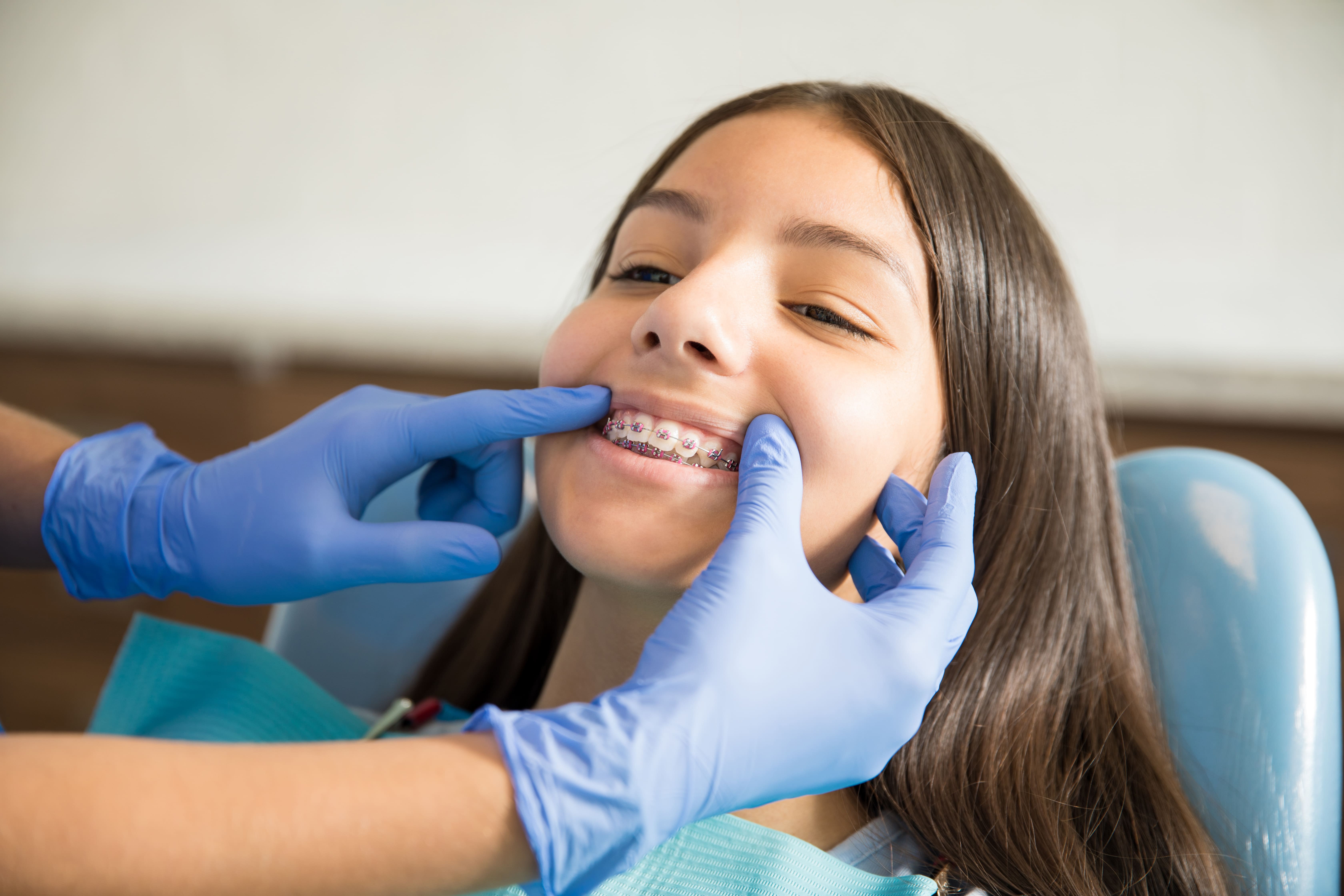Caring for Your Braces: Hygiene Tips for a Healthy Smile

Getting braces means learning new ways to keep your teeth and gums healthy. Food gets trapped more easily around brackets and wires, making it harder to clean your mouth properly.
The key to success with braces is developing the right brushing and flossing techniques that work around your orthodontic hardware.
Simple changes to your daily routine can prevent cavities, gum disease, and staining during treatment.
Good oral hygiene habits will help you avoid problems and ensure your smile looks amazing when your braces come off.
Learning these essential care techniques and making smart daily choices will protect your investment in a straighter, healthier smile.
Essential Oral Hygiene for Braces
Proper brushing technique, specialised flossing methods, and the right oral care products make cleaning around brackets and wires much easier.
These three key areas help prevent plaque buildup and maintain healthy teeth throughout your orthodontic treatment.
Brushing Techniques for Braces
Start by rinsing your mouth with water to loosen food particles stuck around your braces. This simple step makes brushing more effective from the start.
Use a 45-degree angle when brushing above and below each bracket. Brush in small circular motions for about 10 seconds per tooth. This technique helps clean around the metal parts where plaque loves to hide.
Brush in this order:
- Outer surfaces of upper teeth
- Outer surfaces of lower teeth
- Inner surfaces of all teeth
- Chewing surfaces
- Around each bracket and wire
Brush for at least three minutes thrice daily. Set a timer or use an electric toothbrush with a built-in timer to ensure you brush long enough.
Clean your braces after every meal when possible.
Flossing with Orthodontic Appliances
Thread floss under the main wire before pulling it between your teeth. This extra step takes practice but becomes easier with time.
Use about 18 inches of floss for each session. Wind most of it around your middle fingers, leaving about two inches to work with between your teeth.
Flossing hack: Pull the floss through in a sawing motion, then curve it around each tooth in a C-shape. This gets plaque off the tooth surface below the gum line.
Floss threaders make this process much faster. These plastic tools help guide regular floss under wires without the threading step.
Water flossers work well as a supplement to regular floss. They blast away food particles but don't replace traditional flossing for plaque removal.
Choosing the Right Oral Care Products
Soft-bristle toothbrushes work best with braces. Hard bristles can damage brackets and irritate gums that may already be sensitive.
Electric toothbrushes often clean more effectively than manual ones. The vibrating action helps remove plaque around brackets without extra pressure.
Essential products for braces:
- Fluoride toothpaste (prevents cavities around brackets)
- Orthodontic wax (covers sharp edges)
- Antimicrobial mouthwash (reduces bacteria)
- Interdental brushes (clean between wires)
Avoid whitening toothpastes during treatment. They can create uneven colouring when your braces come off.
Fluoride mouthwash adds extra protection against cavities. Swish for 30 seconds after brushing and flossing for the best results.
Daily Habits and Lifestyle Considerations
Your daily choices affect how well your braces work and how comfortable you feel. The right foods, proper protection, and quick problem-solving keep your treatment on track.
Eating with Braces: Foods to Enjoy and Avoid
Hard and sticky foods can break your braces or get stuck in the wires. Avoid popcorn, nuts, hard candies, and chewy sweets like caramels.
Cut apples, carrots, and corn off the cob into small pieces. This protects your brackets while letting you enjoy these healthy foods.
Safe foods include:
- Soft fruits like bananas and grapes
- Cooked vegetables
- Pasta and rice
- Soft breads
- Yogurt and cheese
Foods to avoid:
- Ice cubes
- Hard pretzels
- Gum
- Taffy
- Whole apples
Drink water after meals to rinse away food particles. This simple habit helps keep your teeth clean between brushing sessions.
Protecting Your Braces During Physical Activities
Sports and active play can damage your braces if you get hit in the mouth. A store-bought braces or mouthguard protects both your braces and your teeth.
Do not get the mouthguards that you have to boil and bite into to mold as this may break off braces or wires.
Keep your mouthguard clean by rinsing it with cold water after each use. Store it in a ventilated case to prevent bacterial growth.
Some activities need extra care. Swimming is safe, but avoid diving or rough water sports where you might hit your face.
Managing Common Issues Like Discomfort or Loose Wires
New braces often cause soreness for the first few days. Over-the-counter pain relievers help reduce discomfort.
Rinse with warm salt water to soothe irritated gums. Mix half a teaspoon of salt in one cup of warm water.
For loose wires:
- Use tweezers to gently push the wire back into place
- Cover sharp ends with orthodontic wax
- Send us an email if you need help.
For bracket problems:
- Apply wax to prevent irritation
- Schedule a repair appointment quickly
Keep orthodontic wax with you at school or work. A small piece over a poking wire stops pain until you can get professional help.
Begin Your Smile Transformation with Bronte Family Orthodontics
Whether you’ve just started your journey with orthodontic braces or are still exploring your options, our team at Bronte Family Orthodontics is here to help you feel informed, prepared, and excited about your smile transformation.
Our team is here to support you through every stage, starting with day one.
Ready to embrace your brace journey? Book a consultation with our friendly team today.
